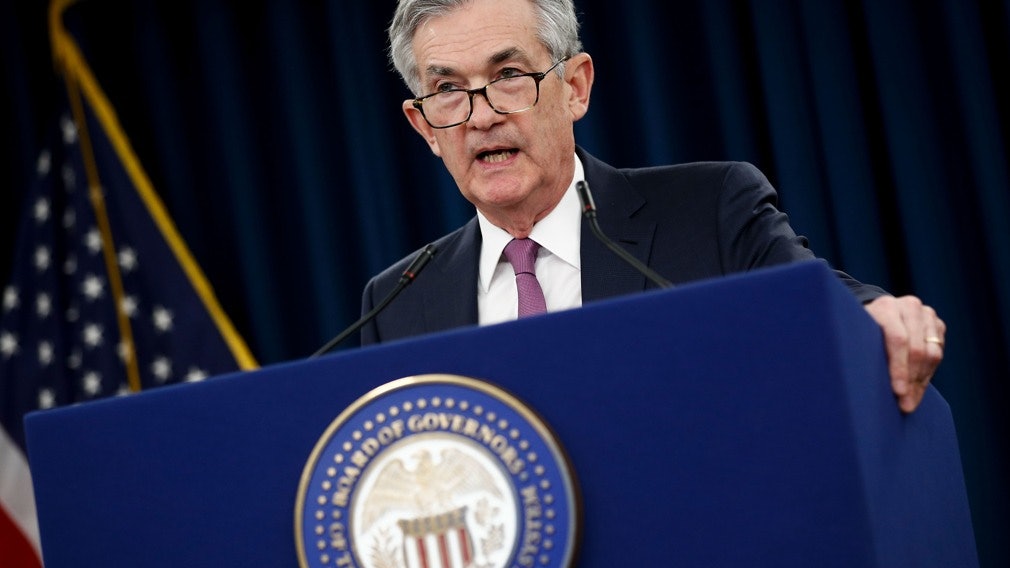This week (July 29-August 2), the market will usher in a super week, focusing on the interest rate resolutions announced by the US Federal Reserve, the Bank of England and the Bank of Japan.
Among them, the market generally expects the Fed to cut interest rates. The Fed is expected to cut interest rates by 25 pips, while interest rate futures show that the chances of the authorities cutting interest rates by 50 pips are 16.5%, and the cumulative rate cuts over the 75 pips are over 50% during the year.
In addition, the market generally expects the Bank of Japan to keep interest rates unchanged. Analysts believe that the European Central Bank’s decision not to cut interest rates temporarily may increase the chances of the Bank of Japan temporarily holding hands.
On the other hand, the current market interest rate hike expectations for the Bank of England have basically disappeared, and in the context of global central bank monetary easing and even several emerging market economies have cut interest rates, the market is expected to heat up interest rate cuts.
It is worth noting that the performance of the US stock market is “unusual” when the Fed is about to cut interest rates.
Institutional investors wait and see the three major indexes of the US
As the three major US stock indexes once again set a new record high, institutional investors seem to be inclined to “wait and see.” According to the latest financial report, in the second quarter, the income of the five major US stock sales and trading businesses continued to fall after a 14% year-on-year decline in the first quarter, a decrease of 8%. In the first half of this year, the scale of securities trading revenue decreased by 5 billion US dollars, a record of 2009. The worst performance since the start of the US bull market.
In the past, bull markets have often spurred market enthusiasm, and funds will flock to the market to gain excess returns and push up asset prices. So what is the reason for this change in investor sentiment this time? According to the analysis, the trend of US stocks in recent weeks has largely digested the authorities’ interest rate cuts in July. If the Fed enters a loose cycle, the impact on US stocks is still uncertain, because the final trend of the US economy is the impact of the stock market. Decisive factor.












